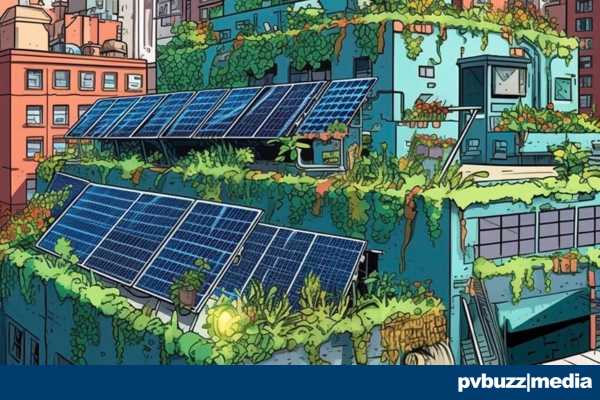- Immerse yourself in the vibrant world of biophilic art as we explore how it kindles a sustainable vision for the future, shapes our perspectives on the environment, and inspires urban design that harmonizes with nature.
- Discover the transformative power of these artworks, inviting you to reimagine your relationship with the world around you.
- Join us on a journey where creativity, sustainability, and eco-consciousness converge to envision a greener, more harmonious tomorrow.
Biophilic ecotopia envisions a harmonious coexistence between nature and humans, promoting sustainability and well-being. In an era marked by environmental challenges, artworks that depict and celebrate sustainability have become important vehicles for change.
Art considered biophilic ecotopia embodies the belief that nature and human civilization can thrive together, recognizing the inherent value of the natural world and seeking to integrate its principles into our urban environments. By creating green spaces, incorporating natural elements, and reimagining our homes, streets, and cities, artists utilizing the biophilic ectopia style hope to help more people reconnect with the healing and restorative power of nature.

New York City reimagined as a colorful eco-city covered in plants, solar panels, and happy people. (Art made in MidJourney)
Art as a Catalyst for Change
Art has long served as a mirror of society, reflecting our hopes, dreams, and aspirations. Artworks that portray biophilic ecotopia offer a compelling visual representation of what could be possible in the near future. They allow us to transcend the boundaries of our current reality and envision a future where sustainability and well-being are central to our way of life. Art plays a crucial role in raising awareness about the importance of embracing a sustainable future.
Pieces in the biophilic ecotopia style have the potential to evoke emotions, spark conversations, and inspire action. These artworks invite viewers to reimagine their relationship with the environment and consider the possibilities of a greener and more sustainable future.
Building a Sustainable Future Through Biophilic Principles
The hope is through the power of imagination and inspiration, biophilic art can motivate individuals to make sustainable choices in their daily lives. Whether it’s through practicing eco-friendly habits, pursuing green careers, or advocating for systemic change, embracing the concept of biophilic ecotopia empowers individuals to become agents of transformation.
Adopting a biophilic ecotopian mindset is a transformative process that extends beyond individual actions. When we immerse ourselves in artworks that depict this vision, we open our minds to new possibilities and begin to question our current practices, considering alternative ways of living in harmony with nature.
After seeing some of the images myself, I began to wonder how powerful this type of art would be to help introduce children to the idea of greener urban spaces. Biophilic ecotopian art features bright, compelling colors and intricate details that engage children’s senses and prompt them to explore and interact with depictions of greener urban spaces.
These vibrant colors stimulate children’s curiosity and excitement while fostering critical thinking and observation skills. The immersive nature of biophilic ecotopian art could help plant the seed of ecological consciousness at an early age, inspiring children to envision a future where greenery and sustainable practices are intertwined with everyday city life.
Through the implementation of biophilic city planning, urban areas can actively integrate biophilic objectives and principles, enhancing their connection with the natural world. Planners must prioritize equity by ensuring all residents have equal opportunities to access and enjoy nature.
The benefits of adopting a biophilic city approach are vast and significant, addressing climate change and extreme heat while creating sustainable and resilient smart cities. The concept of the biophilic city emerged at a pivotal moment, presenting a timely and relevant solution to our current challenges.
When individuals share and discuss artworks that celebrate sustainability, they create ripples of influence that drive a demand for sustainable practices, policies, and design.
Incorporating the principles of biophilic ecotopia into our lives, homes, and cities holds immense potential for addressing pressing environmental challenges. By sharing and celebrating these artworks and considering the biophilic mindset in city planning, we can collectively contribute to the creation of a sustainable, flourishing future where nature and humans coexist in harmony. In my opinion, the earlier we can introduce biophilic concepts – the better.












Comments